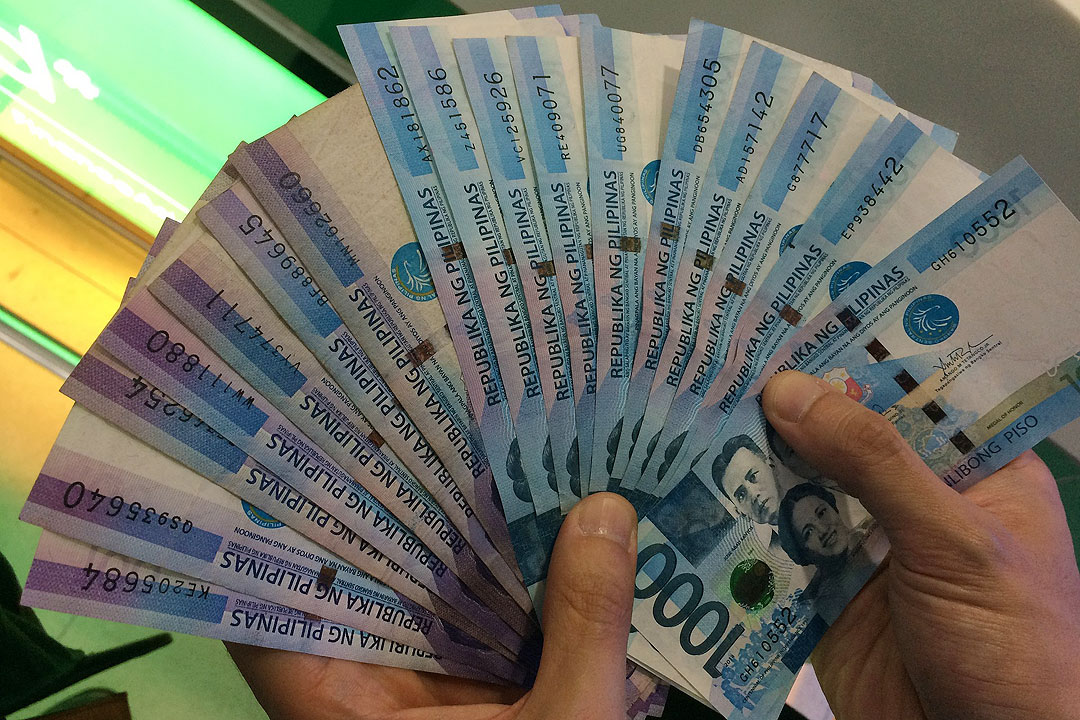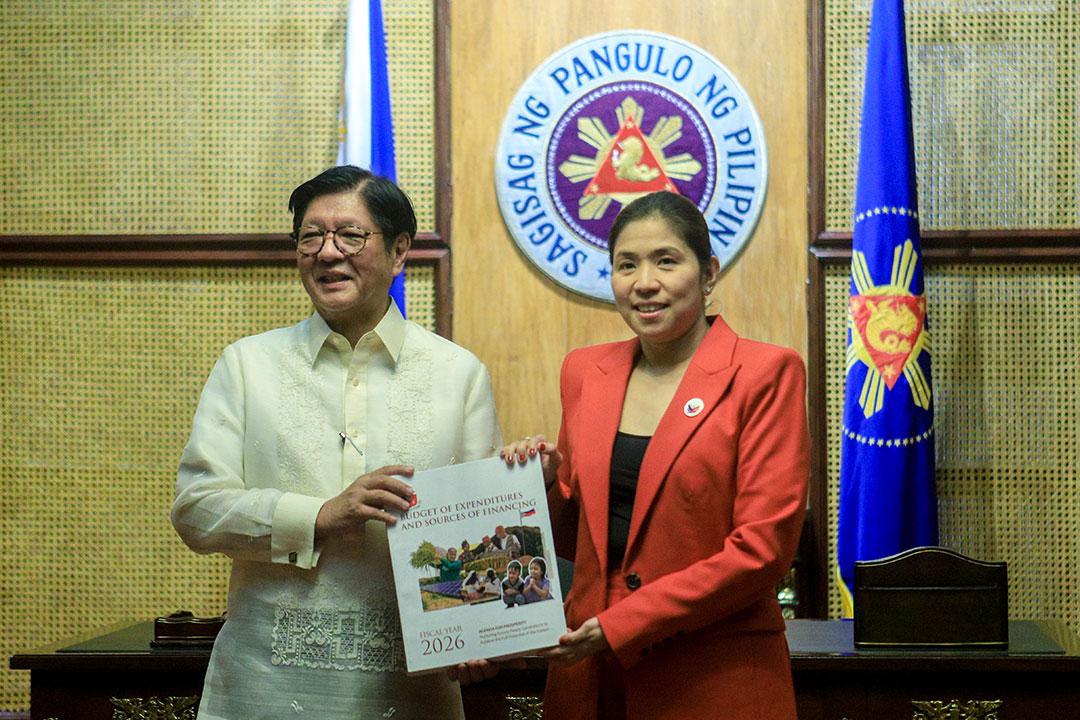
Upgrade to High-Speed Internet for only ₱1499/month!
Enjoy up to 100 Mbps fiber broadband, perfect for browsing, streaming, and gaming.
Visit Suniway.ph to learn
The Philippines and Cuba may be considered twins, sharing a colonial DNA: Spanish imperial rule, Catholic/Hispanic legacies, US takeover after 1898, plantation economies oriented to colonizers’ markets and struggles over sovereignty.
Both were turned over by Spain to the US under the Treaty of Paris on Dec. 10,1898. But unlike the Philippines, Cuba was not made a US colony but only put under a temporary US occupation. The US formally relinquished its occupation authority on May 20, 1902, when the Republic of Cuba led by Cubans took over internal governance.
So, the Cubans still speak Spanish, a language we traded for English. Many Filipinos and Cubans carry Spanish given and family names.
Under the galleon trade, Filipinos were taken to Cuba as altar boys, catechists, tobacco workers and domestic servants — particularly settling in Pinar del Río, which was even called Nueva Filipinas in the 18th century.
Both countries were developed to serve Spanish market needs: Cuba for sugar and tobacco; Philippines for tobacco, hemp (abacá), sugar under the Haciendas system.
Spanish colonial rule laid important structural foundations for both Cuba’s Communist Revolution and the Philippines’ enduring communist insurgency. Land inequality, prominence of an elite landed class, extractive economics from Spanish rule combined with US neo-colonial rule, and post-colonial governance failures, set the stage for radical uprising in both countries.
Spanish rule created a brutal slavery-based plantation economy in Cuba with stark racial and class hierarchy and a deeply entrenched land ownership inequality. Then the communist government expropriated almost all commercial-scale farmland so that the state became the exclusive owner of most of the land, especially for agriculture and natural resources.
In the Philippines, Spain imposed a feudal-style land tenure system via the encomienda and later hacienda models. Land was concentrated in the hands of Church-and-principal families (principalia), disenfranchising peasant masses. A highly centralized, patronage-driven political culture emerged, which became the root of modern elite-dominated politics and regional disparities, the current bane of our existence.
In terms of the economy, the Philippines, compared to Cuba, is larger, diversified and globally connected through trade, investment, a diaspora contributing 8.3 percent of GDP and a booming IT-BPO sector. Cuba remains largely closed off, heavily state-dependent and deeply constrained by the US embargo.
The IMF estimated the nominal GDP of the Philippines for 2024 at $471.5 billion. According to PSA, its final estimate for 2024 real GDP growth is at 5.7 percent year-on-year.
Cuba has not released data on its official nominal GDP. But this was estimated by TradingEconomics at $109 b ± 3 b for 2024. According to Economy Minister Joaquín Alonso, the economy shrank by 1.1 percent in 2024, the second consecutive year of contraction.
The Philippines, with an open-market model and globally connected service sectors, is charting a path toward sustained — if uneven — growth and rising living standards.
Cuba, however, remains trapped by a shrinking, state-dominated economy, chronic shortages, declining tourism, mounting debt and restricted reforms.
I got interested in Cuba after coming across an article published by Deutsche Welle (DW), the German state media organization, about how the Cubans asked Vietnam to help them grow rice.
DW reports that last year, the Cuban government allowed Agri VMA, a Vietnamese company, to grow rice near Los Palacios, in the southeastern part of Cuba’s Pinar del Rio province which was called Nueva Filipinas in the 18th century.
Rice is one of Cuba’s staple foods. Last year, the country produced about 80,000 tons of rice — just over 11 percent of its domestic demand. Six years ago, production was more than three times higher, according to official data. To meet domestic consumption, Cuba has had to increase imports.
The Cuban government asked Vietnam for help. Privately owned Agri VMA is managing the lease, largely independent from state interference, with operations being based on a business contract.
Agri VMA was granted usufruct rights over 1,000 hectares of rice. Usufruct rights refer to the legal right to use and enjoy the benefits of a property, even though the legal ownership of that property belongs to someone else.
The Cuban government-owned company that owns the land provides services to the Vietnamese company. The Vietnamese pay the Cubans for working the land, harvesting the rice, drying it and milling it.
The company has brought to Cuba its own resources, technical experts and seeds from hybrid rice varieties developed in Vietnam.
Fertilizers, pesticides, fuel and spare parts are in short supply and much of the equipment is outdated or broken so the Vietnamese company brought everything from Vietnam.
With more than 900 hectares under cultivation, the Cubans say the results so far are “encouraging.”
The first 44 hectares of the Los Palacios fields yielded 296 tons of paddy rice, which is 6.75 tons per hectare, and nearly four times the 1.7 tons per hectare harvested elsewhere in Cuba in 2024.
Tran Trong Pai, one of the Vietnamese technicians working in the Cuban rice field, said the yield is not far from the eight tons per hectare typically achieved on large-scale farms in Vietnam.
“We want to get even more yield here in Cuba, but this is our first time planting here. We’re still learning about the soil and how much fertilizer we need to use.”
The typical yield in Philippine rice fields averages around 4.1 to 4.2 tons per hectare, combining both irrigated and rainfed systems. Government programs aim to boost this to 7.5 tons per hectare on irrigated farms, but that remains aspirational.
Isn’t that interesting? Most likely the Vietnamese rice experts were even trained in Los Baños or by Filipino scientists from Los Baños.
Some years ago, former Agri Usec Leo Sebastian was honored by the Vietnamese Ministry of Agriculture and Rural Development by awarding him its “Medal for Contribution to the Cause of Agriculture and Rural Development” for helping Vietnam upgrade rice cultivation.
Spanish and American colonialism really screwed up Cuba and the Philippines. We are struggling better than the Cubans but not in line with the tiger economies in our region. We must do better.
Boo Chanco’s email address is [email protected]. Follow him on X @boochanco

 1 week ago
6
1 week ago
6



